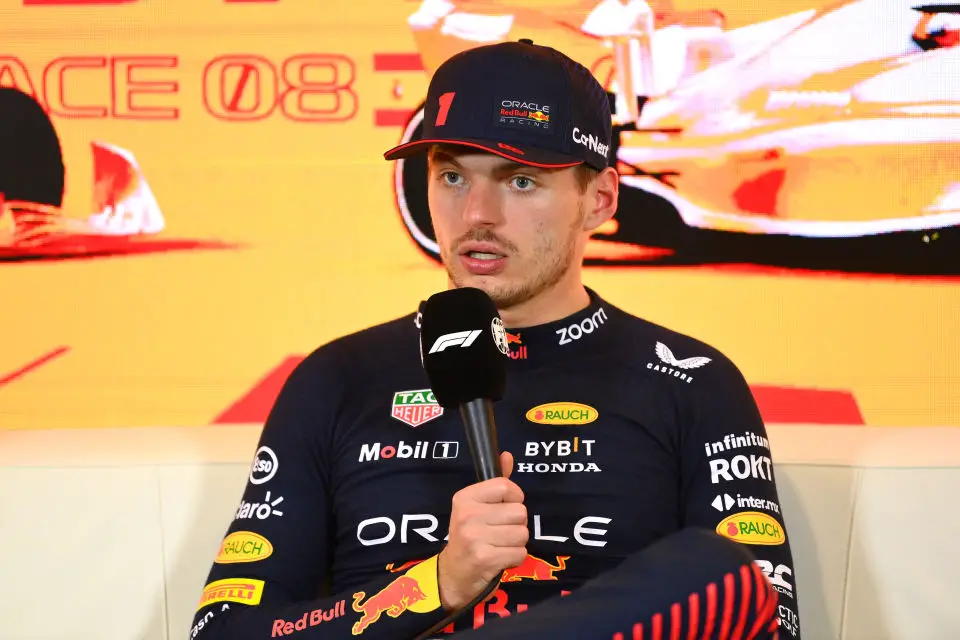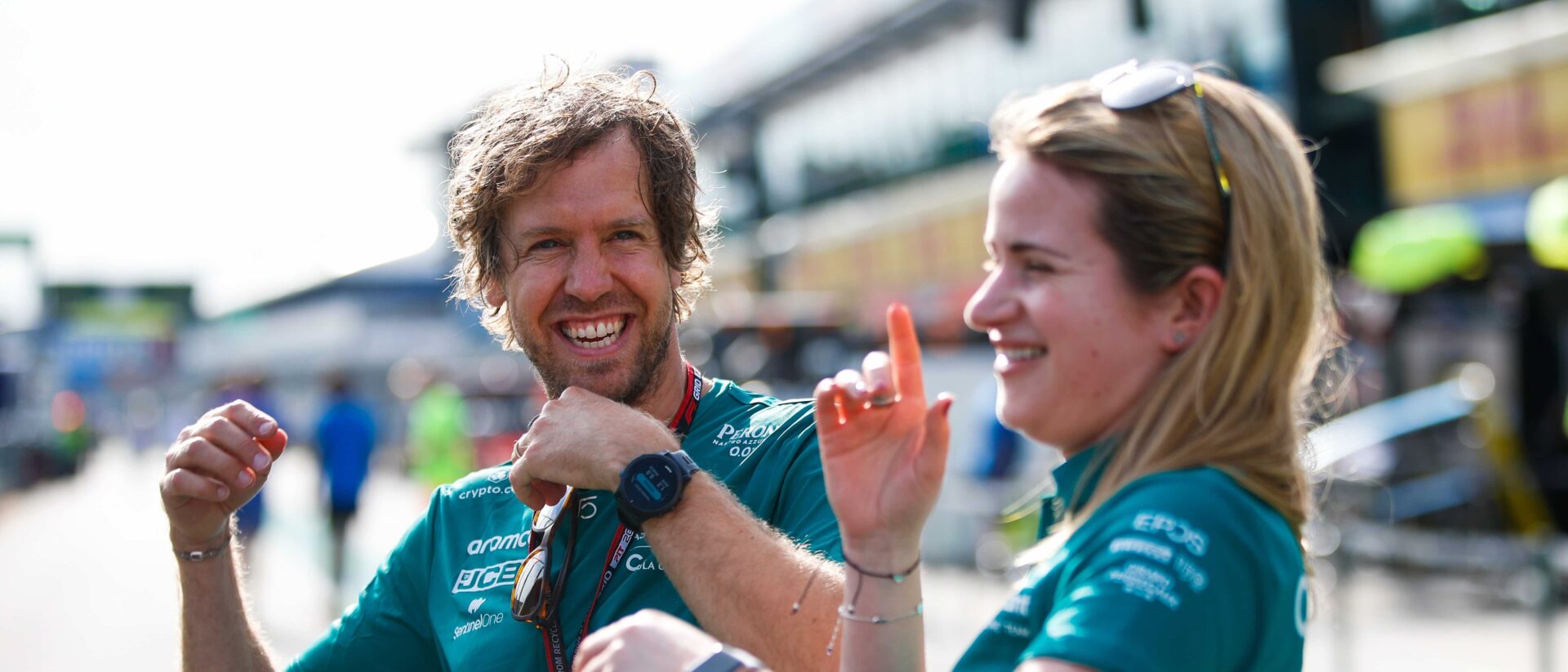Max Verstappen Weighs in on Women in F1: Challenges and Opportunities
Max Verstappen recently opened up about the challenges women face in Formula 1, acknowledging the sport’s inherent difficulties for female drivers. His realistic viewpoint emphasizes the male-dominated nature of F1 while expressing optimism for women’s potential in racing.
Key Takeaways:
- Max Verstappen acknowledges the male-dominated aspect of Formula 1, highlighting the additional challenges faced by women in the sport. He notes that the low percentage of women in racing makes it harder for them to reach Formula 1.
- Historical data supports Verstappen’s views, with only five women participating in a race weekend in F1 history, and only two starting a race. The last female driver in an F1 car during a Grand Prix weekend was Susie Wolff in 2015.
- The F1 Academy, led by Susie Wolff, aims to boost female representation in motorsports. Marta Garcia, the 23-year-old Spanish driver and recent F1 Academy champion, is set to compete in the 2024 Formula Regional European Championship, illustrating the potential progress for women in racing.

In a recent statement, Red Bull’s Max Verstappen offered his perspective on the presence of women in Formula 1, a sport long dominated by men. His comments shed light on the inherent challenges faced by female drivers in this competitive field while also highlighting their potential to succeed.
Historically, Formula 1 has seen minimal female participation. This fact is underscored by the reality that only five women have reached a race weekend in the sport’s history, with a mere two managing to start a race. The most recent female presence in F1 was Susie Wolff’s FP1 run for Williams during the 2015 British Grand Prix weekend. Wolff’s transition from driver to managing director of the F1 Academy, a platform designed to nurture female racing talent, marks a significant step towards increasing female involvement in motorsports.
Verstappen’s observations about the imbalance in gender representation in racing are candid and insightful. He points out the low percentage of men making it to Formula 1 and highlights that this challenge is even more significant for women, given their smaller numbers in the sport. This statement brings to light the broader issue of gender disparity in professional racing.
However, Verstappen remains optimistic about the future of women in F1. He acknowledges the physical demands of the sport but believes they are not insurmountable barriers for women. His view is that talent should be the deciding factor in reaching Formula 1, irrespective of gender. He states, “I don’t think team bosses are people who make decisions to choose their drivers look at it like: ‘Oh, no, we only go for men’. If there’s a woman who is beating everyone else, then naturally they will have the opportunity to get to Formula 1.”
The progress of initiatives like the F1 Academy, and the success of drivers like Marta Garcia, signals a slow but positive change in the landscape of Formula 1. As more talented female drivers emerge and receive recognition, the possibility of seeing them compete at the highest levels of motorsport becomes more likely.
In conclusion, Max Verstappen’s comments reflect a realistic but hopeful view of women’s future in Formula 1. While acknowledging the challenges, he underscores the importance of talent and hard work, paving the way for a more inclusive and diverse racing world.

